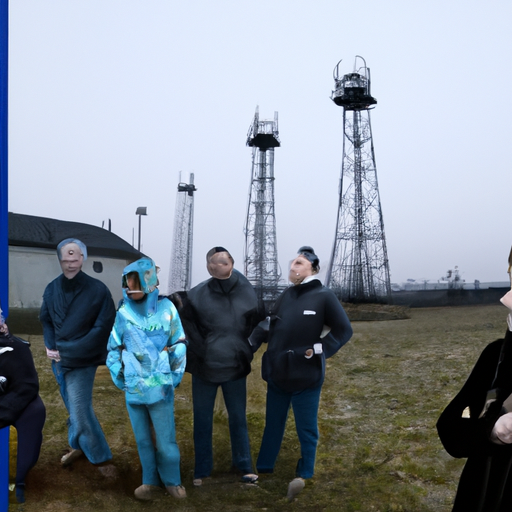Addressing the Opioid Crisis in Southwestern Ontario
In light of the growing opioid crisis in Canada, cities across the country are focusing both resources and policy efforts to combat this grave societal challenge. The CTV news report about the commencement of a $358 million natural gas project in Southwestern Ontario elucidates this ongoing issue.
The Opioid Menace
The opioid crisis is a critical public health issue that has been ravaging numerous communities across Canada. This epidemic reflects in several adverse social consequences, such as an increase in homelessness, skyrocketing crime rates, strain on healthcare services, and most concerningly, the tragic loss of life. The opioid crisis paints a dire picture suggesting an urgent call to action.
Multipronged Approach to Combat the Crisis
To address this, governments, healthcare providers, community organizations, and individuals are uniting to fight back against the opioid crisis. These multifaceted mechanisms involve increasing access to naloxone – a life-saving drug that can reverse an opioid overdose, promoting harm reduction strategies, and enhancing we-far provision, especially for those affected by homelessness and the escalating cost of living.
The Natural Gas Project – A Way Forward
The recent start of construction on a $358 million natural gas project in Southwestern Ontario signifies another potential element in the battle against the opioid crisis. Natural gas initiatives like these can have indirect impacts on issues that contribute to substance misuse, including lack of economic opportunity and homelessness.
While the connection might not be apparent at first, such infrastructure projects have the potential to:
- Create job opportunities in the construction and operation phases of the project
- Promote economic development of the region, thereby hopefully reducing poverty and homelessness
- Provide a cleaner, more affordable source of energy for residents, potentially reducing living expenses for many
These implications suggest that an increase in such initiatives could help alleviate some of the social causes underlying the opioid crisis. The increased economic security that comes from employment opportunities and lower cost of living might help reduce substance misuse and homelessness, two closely linked phenomena in the cycle of the opioid crisis.
Joining the Fight
While the direct impact of such a project on the opioid crisis may take time to assess, it signifies a step towards creating a society where the circumstances leading to opioid addiction are diminished. It berths hope that similar initiatives across Canada could contribute to long-term solutions to the opioid scourge. It also opens the door for other sectors to join the fight against the opioid crisis, demonstrating that every area of our society has a role in addressing this issue.
In Conclusion
In grappling with the opioid crisis, Canada requires an all-encompassing approach — from emergency interventions like naloxone to the socio-economic improvement of affected communities. The commencement of the natural gas project in Southwestern Ontario might not be the panacea, but it could be part of the solution —a testament that the battle against the opioid crisis isn’t solely a healthcare issue. It’s a societal challenge requiring efforts, policies, and initiatives from every segment of our social fabric.
Key takeaways of this discussion are:
- The opioid crisis represents a severe national issue with manifold social and economic effects, such as escalating homelessness and crime rates.
- Combatting the crisis calls for comprehensive approaches, including emergency healthcare interventions, harm reduction strategies, and socio-economic development.
- The $358 million natural gas project in Southwestern Ontario demonstrates how such initiatives, while not directly targeting the opioid crisis, can aid in mitigating the socio-economic contributors to the issue.
- The fight against the opioid crisis should be an across-the-board effort, involving diverse sectors from healthcare and law enforcement to energy and employment.
